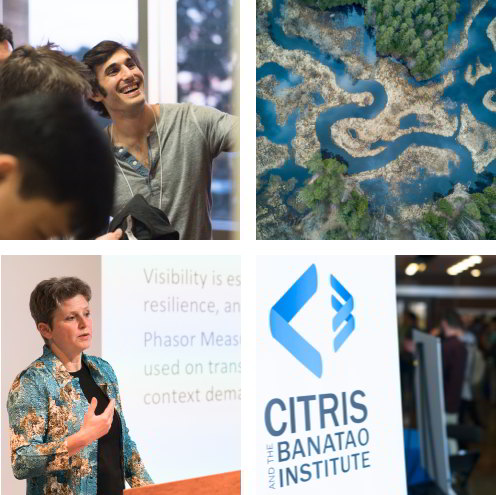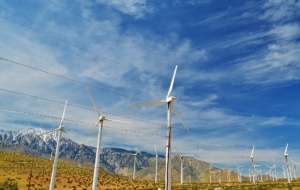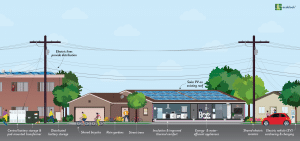The goal of the EcoBlock research project is to explore strategies for resilience and the rapid, equitable, and affordable reduction of greenhouse gas emissions through urban block-scale retrofitting.

Event Recap: Strategies for Buildings and Technician Education at the 2024 National Institute
Co-hosted by the Building Efficiency for a Sustainable Tomorrow (BEST) Center and the Lawrence Berkeley National Lab (LBNL), this year’s conference centered on the theme, “Less Carbon, More Action! Strategies for Buildings & Technician Education.”











